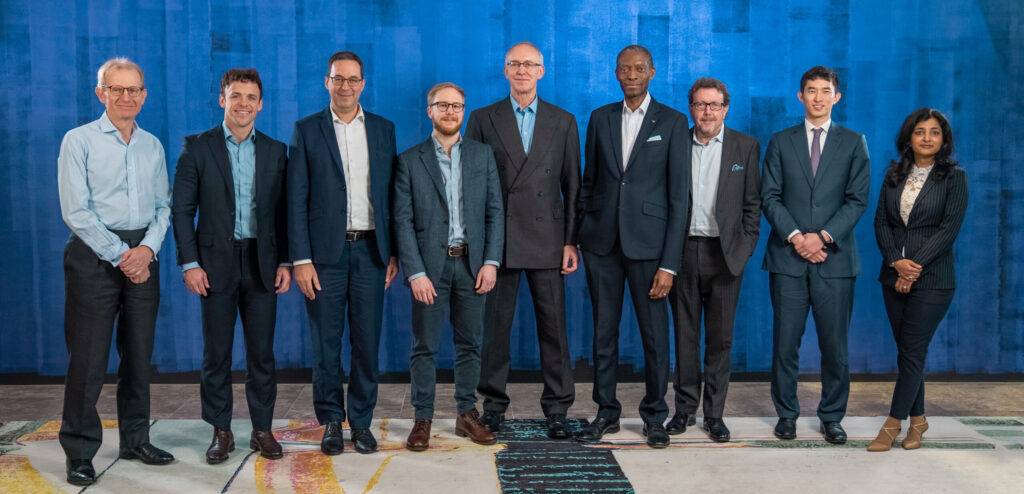IntellectEU developed the ClaimShare solution that uses enterprise blockchain R3 Corda. It also leverages R3’s new software technology Conclave, which is the secret sauce here. Conclave enables confidential computing, which means that insurers CAN share details about claims without the other insurer seeing them.
How does that work? Multiple insurers can share their encrypted claim data through Conclave, which effectively acts as a black box. Nobody can see what’s inside it, but Conclave runs code that compares claims across insurers to see whether there’s been another one for the same car or house. If there have been multiple claims, it can flag them as suspicious.

The second insurer will be notified before they pay out the claim. And the first insurer can report the attempted fraud, but they won’t know the other insurer’s identity.
Even though the data is encrypted, no personal information is shared. For a car crash, it might compare the car’s make and color and the location and time of the incident.
The solution won the B3i & R3 Insurtech Global Challenge. KPMG partnered with IntellectEU on the project providing business and industry insights. It’s also helping with jurisdiction-specific legal compliance and bringing the solution to market.
“Double-dipping fraud is a key contributor to the fraud cost across the insurance sector, while at the same time, due to inherent data and technological limitations, a systematic detection of this fraud typology has remained largely unviable”, said Kami Zargar, the Head of Forensic at KPMG in Belgium. “The ClaimShare solution to detect/prevent fraud will not only lead to cost savings across the sector, but will also enhance trust in the sector and reduce household insurance cost”.
Circling back to the technology, we could see the logic for using Conclave, but why is blockchain needed? “We need the DLT layer for scalability, performance, privacy and additional features in the future,” explained Chaim Finizola, ClaimShare Director at IntellectEU, via email.
He noted that hardware enclaves used in confidential computing have limited capacity. Unless you filter the claims upfront, it will try to compare all claims for all types of insurance across all insurers, which is too much. So here DLT helps with scalability to perform pre-validation of the data and filter it by type. In some cases, data can’t be shared across jurisdictions and Corda can help with that as well. Once Conclave has done its work, Corda can flag the fraud attempts on the ledger.
Business development for the solution only started last month, but IntellectEU says it has interest from insurers and consortia in 13 jurisdictions.
It’s sometimes interesting to compare functionality across sectors. Blockchain has also helped with trade finance fraud where a company tries to raise funds multiple times for the same invoice, bill of lading or warehouse receipt. Monetago created a solution for invoices which is widely used in India. In Singapore, dltledgers, the government and numerous big banks collaborated on a blockchain trade registry that covers title to goods, including bills of lading and warehouse receipts. And in China, SinoChem introduced a blockchain solution for warehouse receipts.
Source: Ledger Insights
Share this article:
Share on linkedin
Share on facebook
Share on twitter










